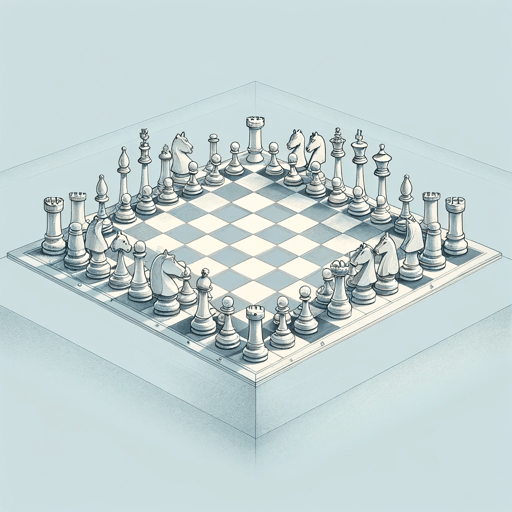65 pages • 2 hours read
Henry KissingerWorld Order: Reflections on the Character of Nations and the Course of History
Nonfiction | Book | Adult | Published in 2014A modern alternative to SparkNotes and CliffsNotes, SuperSummary offers high-quality Study Guides with detailed chapter summaries and analysis of major themes, characters, and more.
Chapter 9Chapter Summaries & Analyses
Chapter 9 Summary: “Technology, Equilibrium, and Human Consciousness”
In the final chapter of World Order, Kissinger addresses the double-edged sword of science and technology by organizing the text into the following categories: “World Order in the Nuclear Age,” “The Challenge of Nuclear Proliferation,” “Cyber Technology and World Order,” “The Human Factor,” and “Foreign Policy in the Digital Era.” On the one hand, science and technology produce innovation, on the other—they can also create weapons that can destroy our entire planet. Kissinger, therefore, addresses the uses of technology as it pertains to international order.
He briefly reviews technological developments in the history of humankind, which sped up during the 19th-century Industrial Revolution. The invention of nuclear weapons in 1945 truly embodied the double-edged sword of innovation and destruction. This fateful invention changed the perception of war: prior to 1945, the benefits were perceived to outweigh the costs. The existence of nuclear weapons raised questions of morality and political power during the Cold War. This was the age of mutually assured destruction:
By the end of the 1960s, the prevailing strategic doctrine of each superpower relied on the ability to inflict an ‘unacceptable’ level of damage on the presumed adversary (333).
In the late 1960s, the two superpowers, the US and the USSR began to discuss arms limitations in the format of the Strategic Arms Limitation Talks, SALT.
Related Titles
By Henry Kissinger




